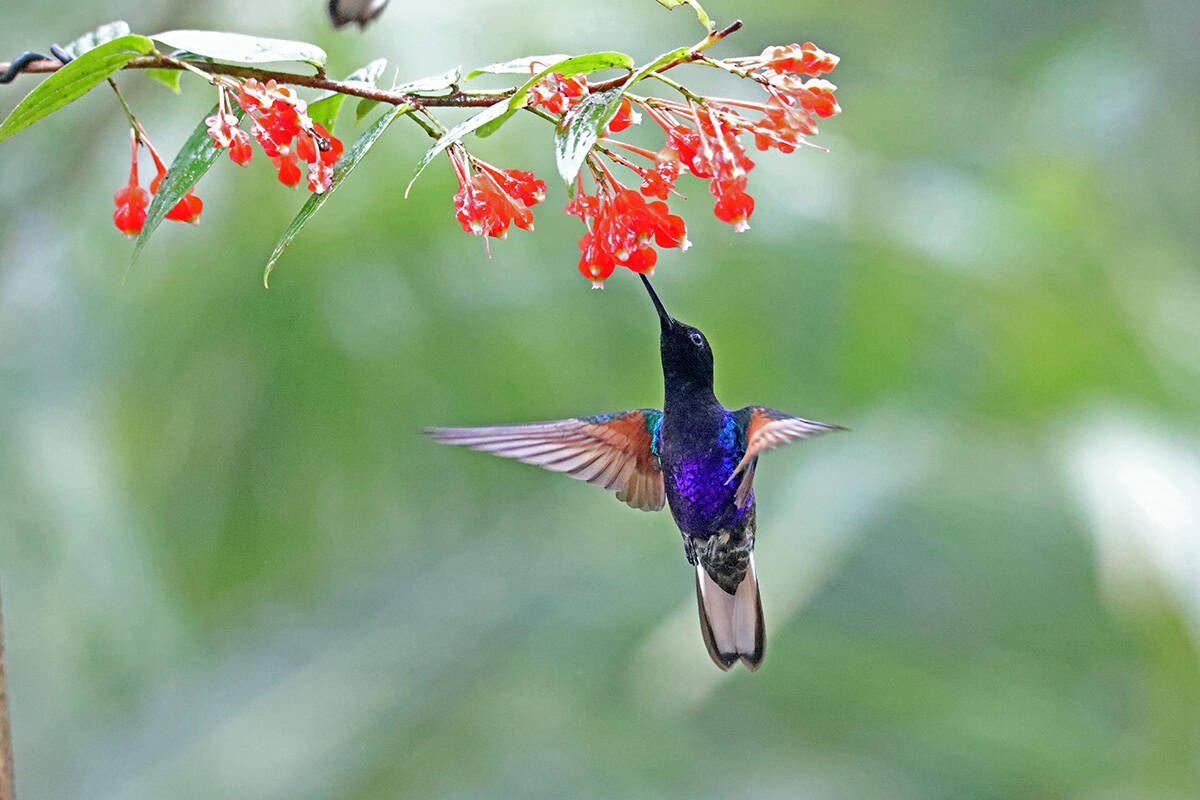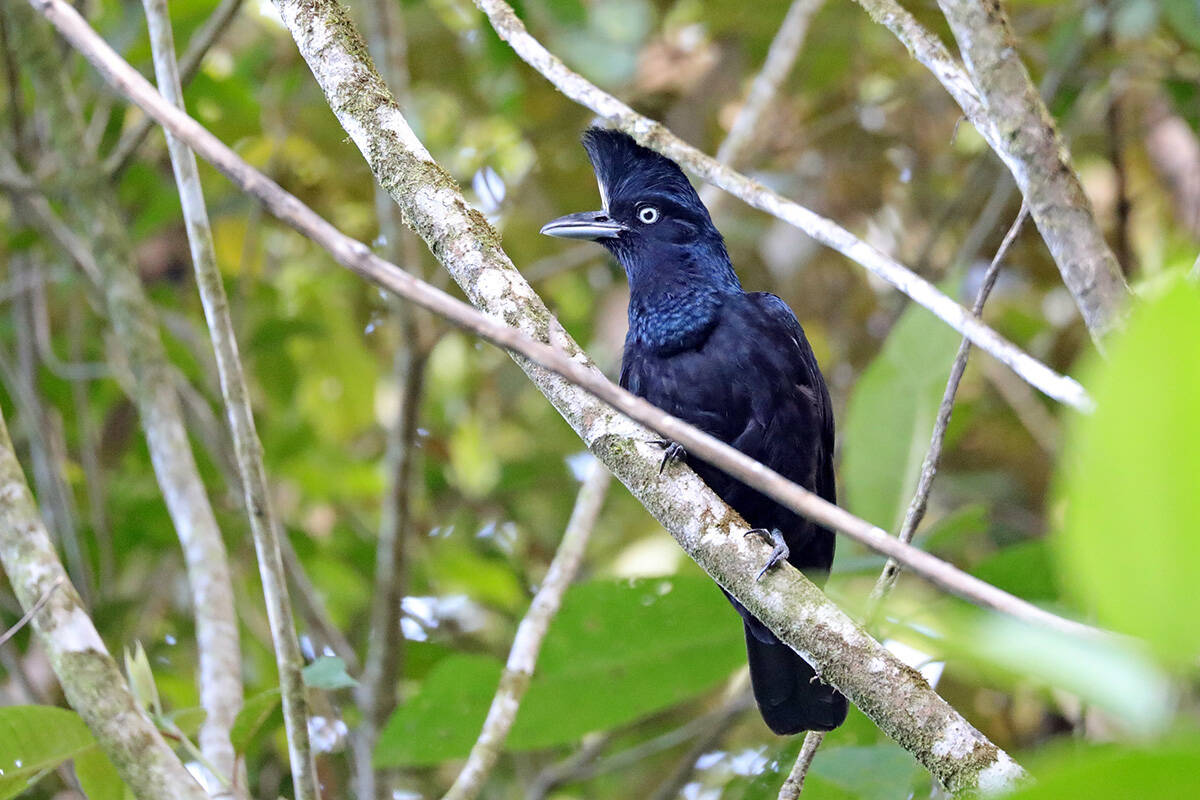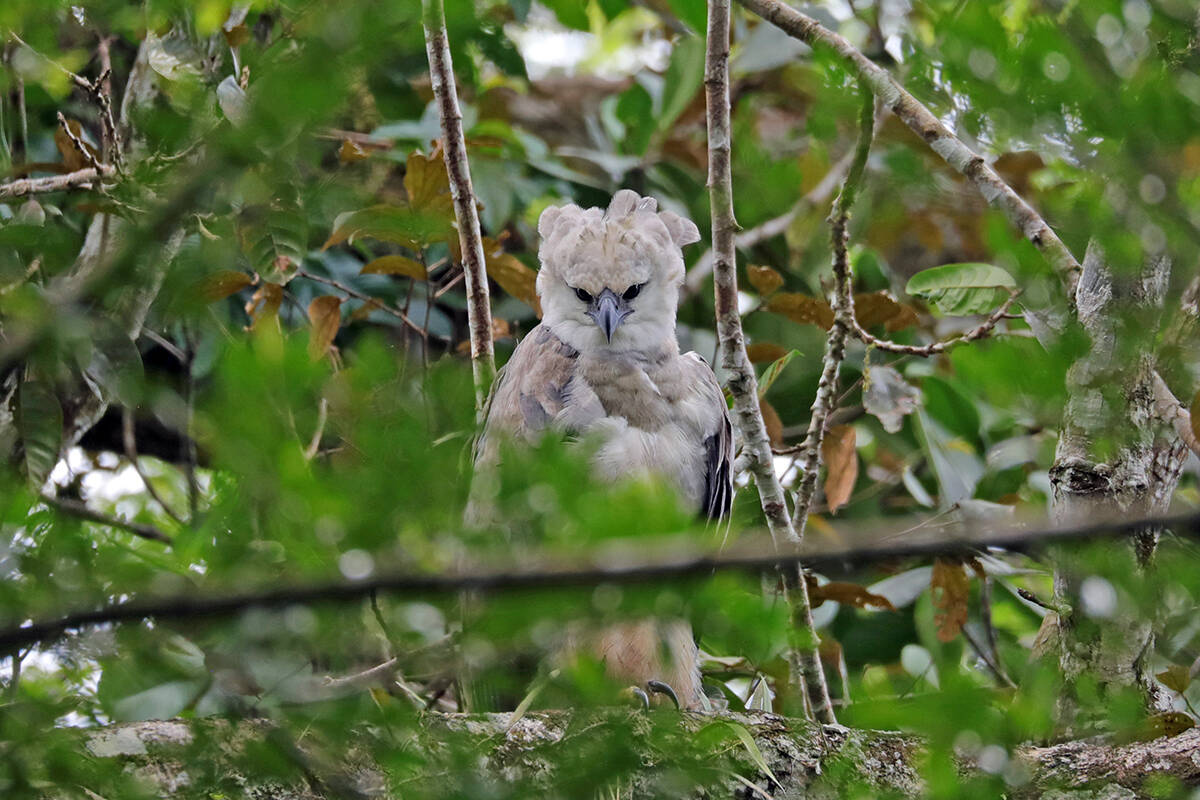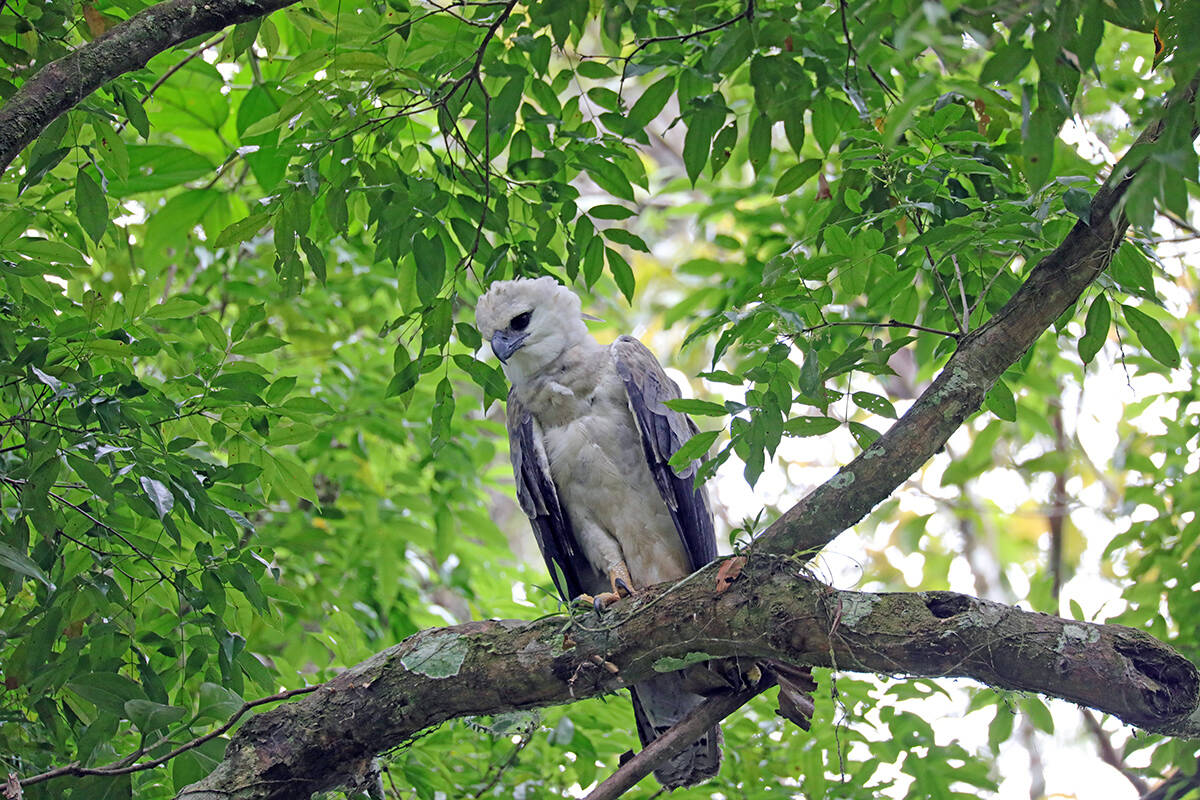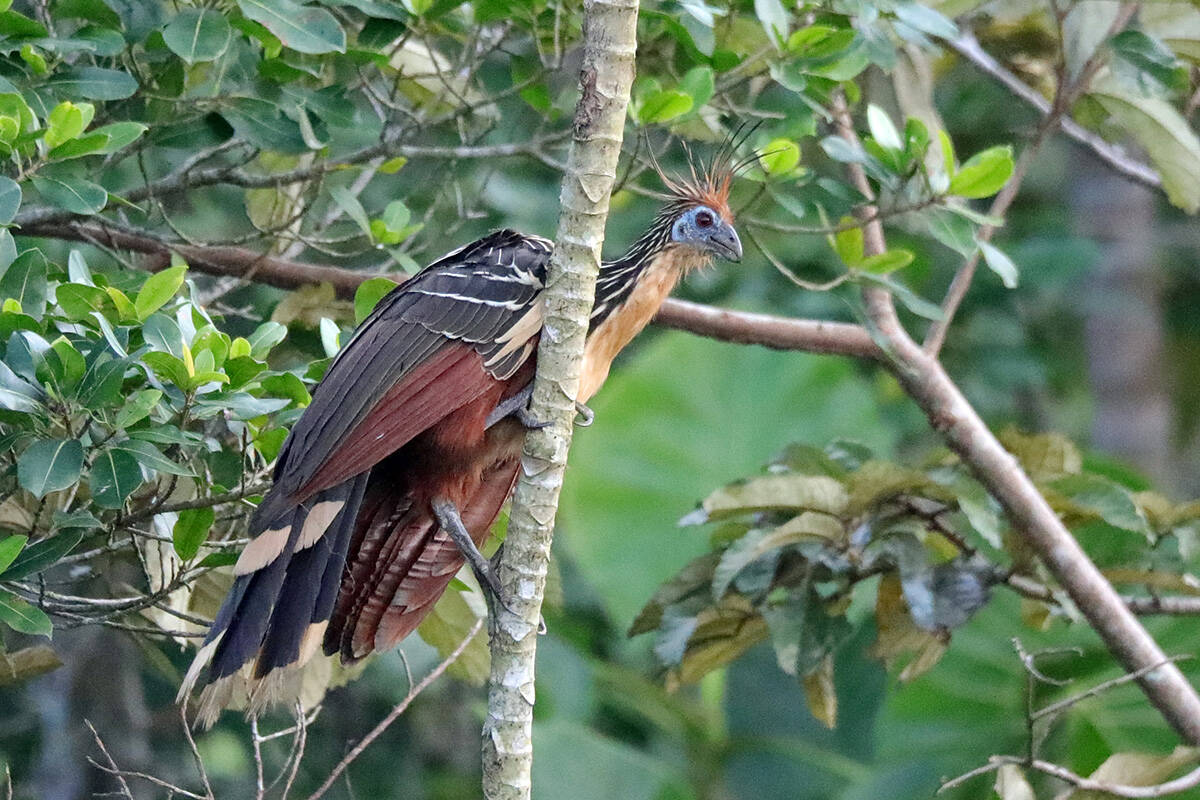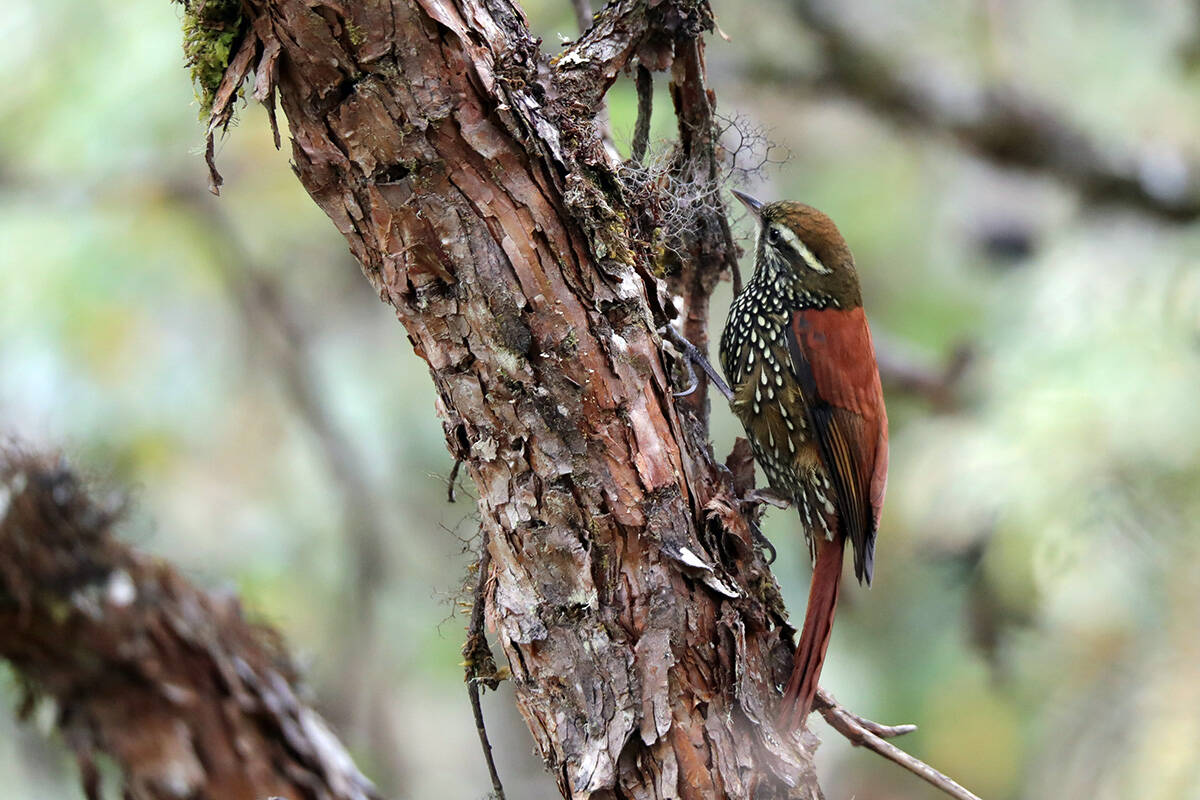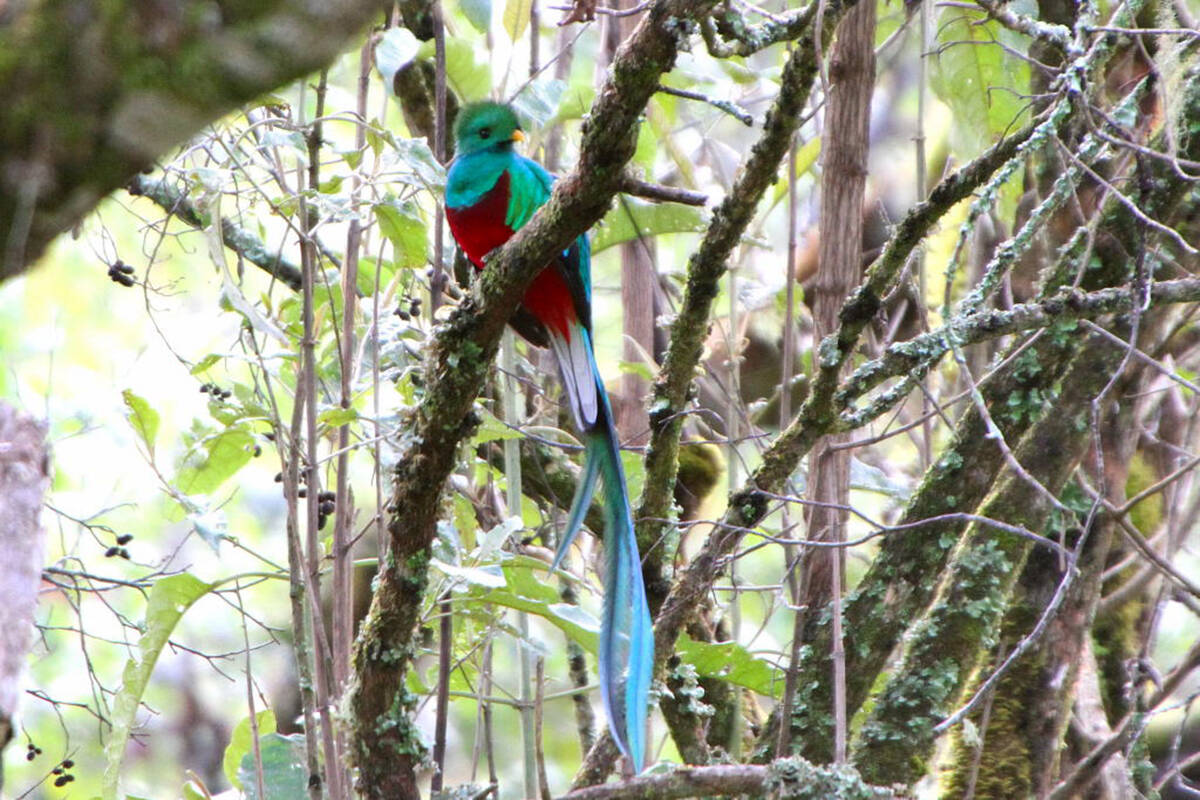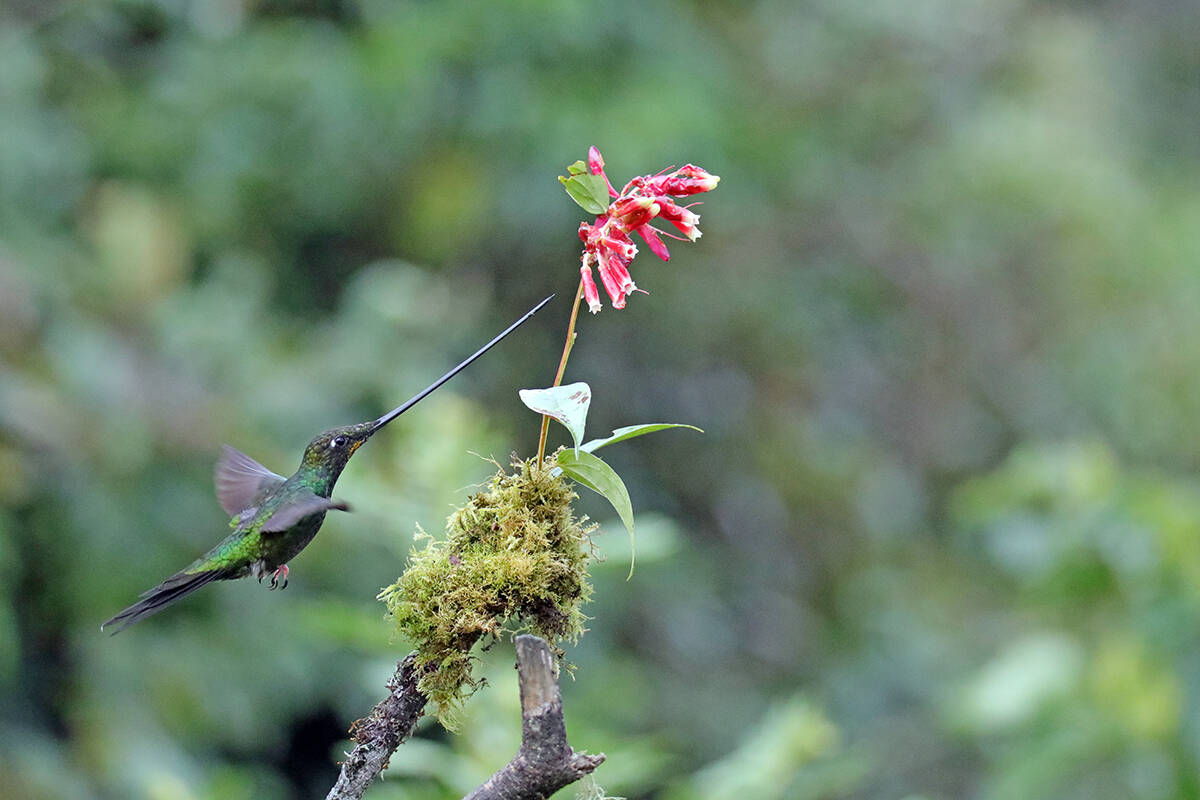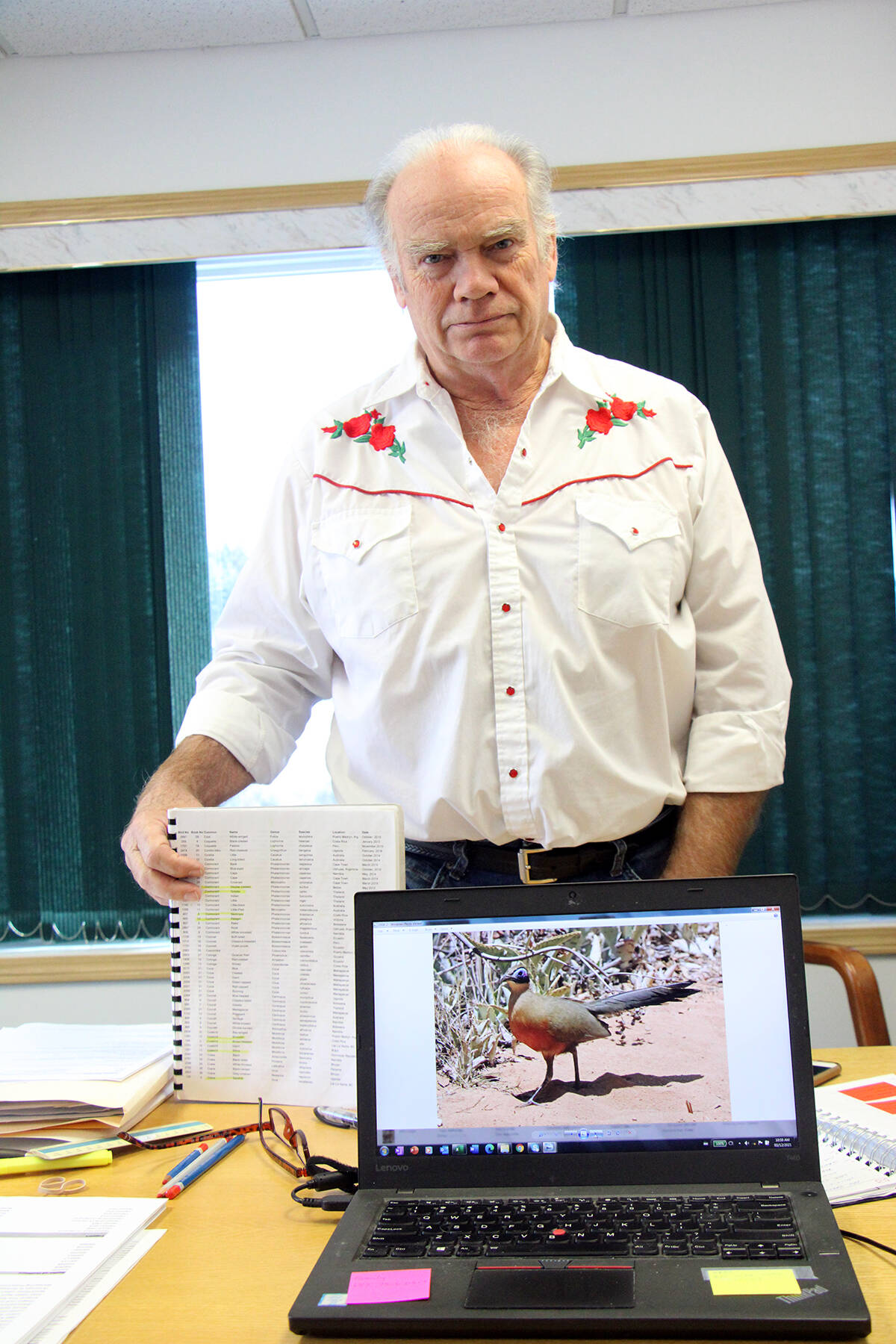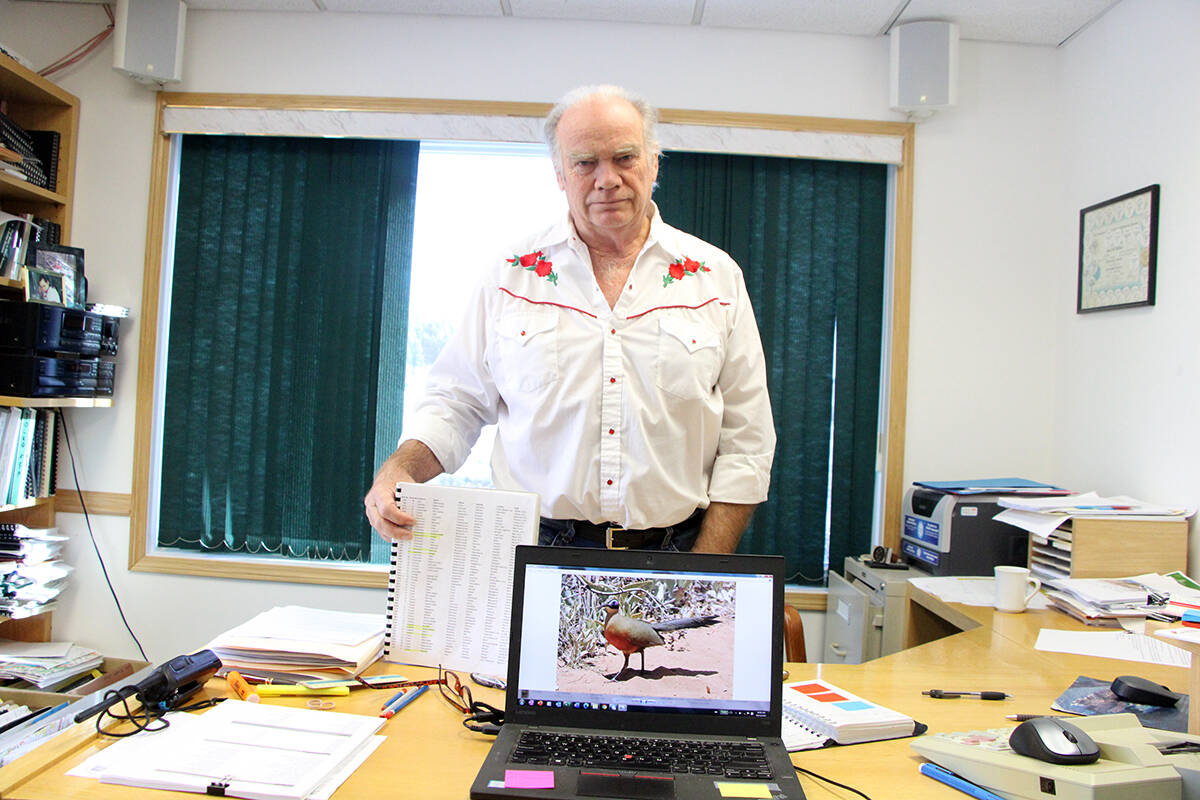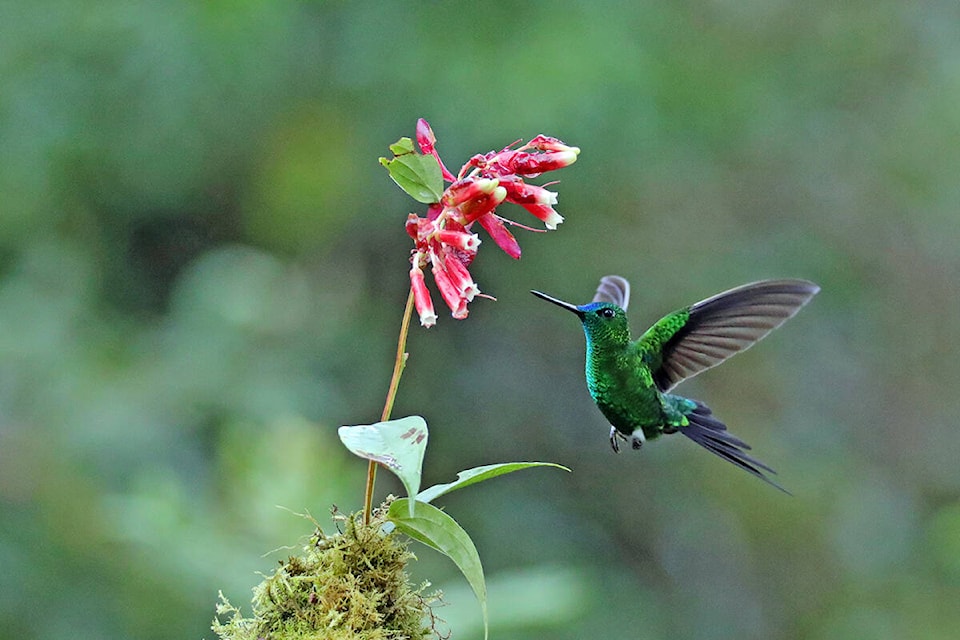A brotherly competition 10 years ago sent Dave Bedford on a lifelong hunt for unique birds.
The initial challenge - lobbed by his brother Lorne - was to see who could be the first to photograph 1,000 different species of birds. Bedford won handily, but the contest inspired him to keep going and he has since photographed 3,000 species on every continent except Antarctica.
“My game particularly is that seeing them doesn’t count,” said Bedford, 73, owner of DWB Consulting Services. “You have to get a photograph. Without a photograph, as far as I’m concerned, it didn’t happen.”
Bedford’s quest has taken him to Papua New Guinea, Australia, New Zealand, Thailand, Bhutan, Cambodia, Vietnam, Argentina, Brazil, Peru, Belize, South Africa, Uganda, Iceland and most recently Ecuador - where he finally tracked down several birds he had been missing. He has shot them all with his trusty Canon EOS 5D and Sigma 150 sports lens.
“A friend gave me a book called ‘A 100 Birds to See Before You Die’ and they’re scattered all over the world. Not necessarily the most colourful but a lot of oddball ones that are very local. When I read the book I thought ‘cool, I’m going to see if I can photograph 75 of them,” Bedford said. “I got 69. I’d have had 75, except COVID-19 cancelled a whole year of travelling for me.”
Bedford meticulously keeps track of every bird he has photographed on a Microsoft Excel spreadsheet. Each species is numbered, with details of the country where he found it, the date and a corresponding picture. He credits his success to finding the right guides, who can lead him to the specific species he is seeking.
These guides often take him on adventures. When he travelled to Thailand, for instance, to take a picture of a great argus - famous for their elaborate mating dances - his contact in Bangkok suggested they would have to leave at 3 a.m. in order to get the shot.
“We had two valleys and a mountain range to get over to the place where they live. So we arrived at the end of the road and the first thing I realized is they have a bridge across the river that’s made of two bamboo poles you have to walk across in the dark,” Bedford said. “Then we walked for three hours to the hide and we waited.
“My guide said if the female shows up the male will do his dance. If the female doesn’t show up, the male will just wander around lost, much the same as we do, and then goes home pouting, much the same as us.”
At daybreak, Bedford said they watched the male arrive but left when there was no female in sight. Bedford thought his chance was gone until a female arrived a few minutes later and the male returned and did his mating dance, flashing his plumage.
“When he’s doing the dance, it was really quite spectacular,” Bedford said.
Bedford has now set a new goal of 5,000 birds and already has plans to head to Antarctica next November where he hopes to photograph an Emperor Penguin.
He hopes when he can no longer carry on his quest, his family members will pick up the torch. On his recent trip to Ecuador, he said he let his niece try his spare camera and “may have created a monster.”
“She now figures her life quest will be to photograph more birds than me,” Bedford said. “Since she’s much younger than me she may do it.”
